15 Hot Products From VMworld 2008
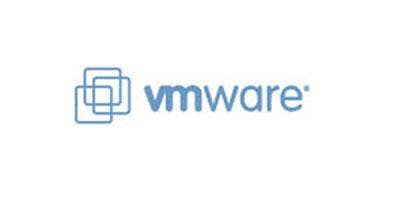
Virtualization is hot, and the VMworld 2008 conference in Las Vegas was the center of attention September 15-18 as industry leaders gathered to present products and solutions that will build the virtualized IT infrastructure of the future.
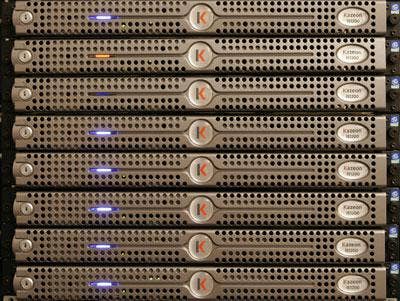
Kazeon Systems, Mountain View, Calif., unveiled the availability of VMware support for version 3.1 of its Information Server intelligent eDiscovery solution. Version 3.1 of the software supports VMware instances and VMware images, allowing customers to discover unknown or hidden virtual instances on servers, laptops, and desktops in order to discover, collect, process, analyze, and review information stored across these VMware instances as part of the enterprise-wide eDiscovery process.
This capability enables corporations, service providers, and law firms to collect information from a wide range of data sources and repositories across geographic distributions of corporations for eDiscovery, Kazeon said.
Kazeon's storage appliances offers performance capability of over 17 Tbytes of data per day with a cost of about $4.30 per Gigabyte.
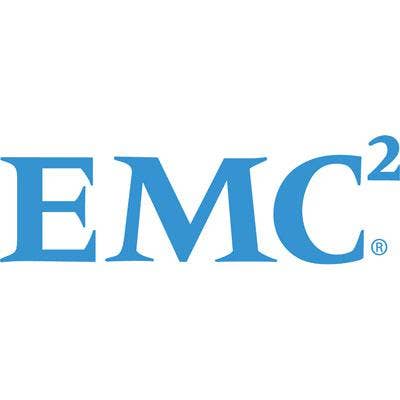
EMC said at VMworld that its new Replication Manager supports VMware Infrastructure (VI3). For customers, it means the ability to manage data replicas (snapshots) in both the physical and virtual worlds while easing the data backup and protection process in virtual environments, EMC said.
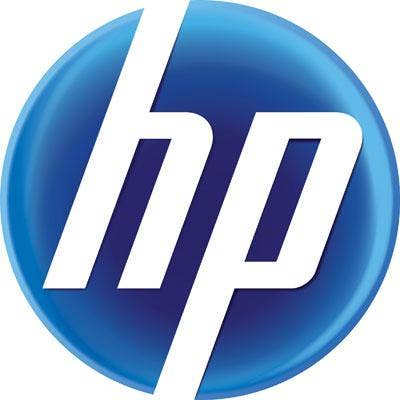
Hewlett-Packard unveiled a wide range of hardware, software, and services the company said are aimed at helping customers deploy, manage, and simplify VMware virtualization offerings.
On the software side, the company's new HP Data Protector Zero Downtime Backup and Instant Recovery integrate with HP StorageWorks Enterprise Virtual Arrays (EVAs) for backing up of mission-critical data on virtual machines, HP said.
Also new is HP Insight Dynamics -- VSE, an integrated solution for visualizing, planning, and changing physical and virtual resources in the same way in order to help improve data center efficiency and cut costs. HP said that the solution, when combined with VMware Virtual Center, allows cost-effective, highly-available, and simplified provisioning of resources across the data center.
The new HP Virtual Exchange Infrastructure (VEI) Services are a series of services to help customers plan, start, and implement Microsoft Exchange 2007 on VMware environments, with the ability to consolidate and migrate existing messaging systems to Exchange 2007 on VMware to improve data protection without affecting day-to-day operations, HP said.
On the hardware side, HP unveiled new thin clients for use as centralized virtual desktops under VMware's latest Virtual Desktop Infrastructure (VDI). Also new are HP ProLiant blade and rack-based servers supporting Intel's new Xeon 7400 six-core processors, as well as a new automated recovery for virtualized environments which combines VMware Site Recovery Manager (SRM), HP StorageWorks EVA, and HP Continuous Access Replication EVA software.
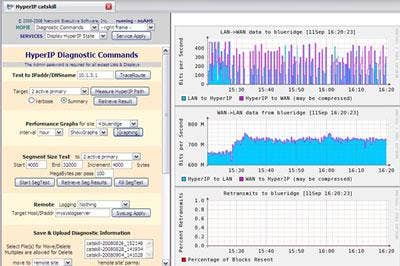
Minneapolis-based NetEx said at VMworld that its new Virtual HyperIP bandwidth optimization solutions for VMware environments deliver ten times the data replication performance of its previous solutions.
Virtual HyperIP is a software-based data transport optimizer for VMware ESX which boosts the performance of storage replication applications from a variety of storage hardware and software vendors. Like the company's original HyperIP software, Virtual HyperIP mitigates TCP performance issues common when moving data over WAN connections to accelerate traffic over IP-based networks, NetEx said.
NetEx claimed that Virtual HyperIP offers bandwidth utilization of 90 percent between data centers or branch offices, and sales performance to up to 800 Mbytes per second with block-level compression of between 2:1 and 10:1.
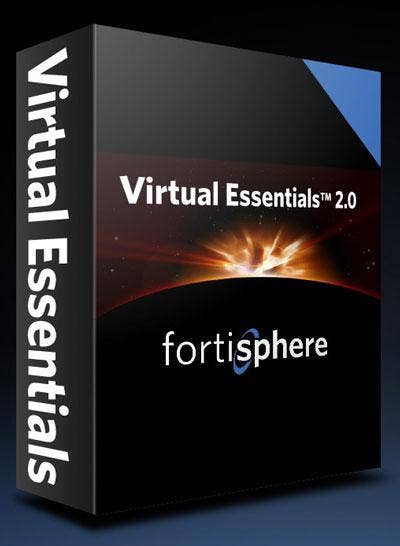
The new Fortisphere Virtual Essentials 2.0 from Chantilly, Va.-based Fortisphere is a comprehensive solution for policy- based management of heterogeneous virtual infrastructures.
The latest version includes capabilities to simplify and automate the management and growth of virtual infrastructures, including an enhanced user interface to help users quickly view and manage the entire virtual infrastructure, expanded agentless inspection of virtual machines to provide configuration intelligence across an entire virtual infrastructure, expanded data collection of details about virtual machine resources, enhanced comparative analysis to identify configuration drift and triggers remediation processes, enhanced policy framework to let users author rules and import or export policies across physical and virtual environments, and over 40 new out-of-the-box policy rules and reports.
The solution is available this month with a starting price of $10,000.
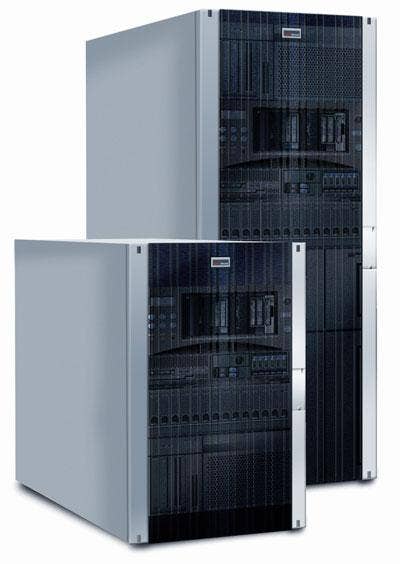
STORServer, Colorado Springs, Colo., unveiled its new STORServer V-Series Data Protection Appliance which protects virtual servers built on VMware's ESX platform.
The company's appliances are integrated hardware and software solutions for backup, archive, and disaster recovery. They are enterprise-class solutions that support over a dozen operating system platforms, multiple e-mail and database platforms, and hundreds of storage devices.
With the new V-Series, STORServer now adds the same capabilities to virtual server environments, including the ability to work with virtual appliances to handle such tasks as remote replication, continuous data protection, and deduplication, the company said.
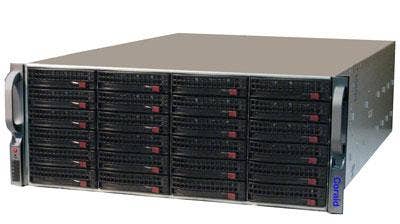
Coraid, San Clemente, Calif., used VMworld to unveil a new AoE (ATA-over Ethernet) driver that enables VMware ESX servers to access and share low-cost SAN storage, including the company's own EtherDrive SR2421 Storage Appliance which is priced at about $12,000 for 24 Tbytes of capacity, or about 50 cents per Gbyte.
The company's new ESX driver uses AoE to allow multiple disks to be shared on a network to create a scalable, low-cost virtualized storage system. Coraid also introduced two new EtherDrive RAID Storage appliances with performance of over 500 MBytes per second using 10-Gbit Ethernet, the company said.

ONStor, Campbell, Calif., demonstrated its ONStor Cougar 6000 Series clustered NAS gateways in use as heterogeneous storage virtualization appliances at VMworld.
The Cougar offers an active-active dual NAS blade architecture that provides a clustered NAS gateway which connects up to 32 virtual servers per cluster to customers' existing SAN-based storage. Each dual-blade cluster has eight Gbit Ethernet and eight Fibre Channel ports.
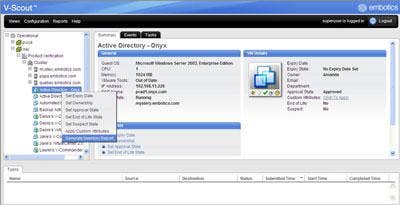
Embotics, Ottawa, Ontario, showed its new V-Scout, a free tool designed to give IT administrators detailed oversight of their virtual environments. The company said that V-Scout lets customers assess their growing virtualization deployments in order to help avoid virtual sprawl, which happens when administrators allow the creation of more virtual servers than they are able manage.
V-Scout replaces the traditional spreadsheet for tracking virtual machines, and automates automating the data collection on virtual machines to generate reports on demand. The data collected can be used with the Embotics' main product, V-Commander, which is a policy-based management and control system for virtual machines that prevents virtual sprawl, the company said.
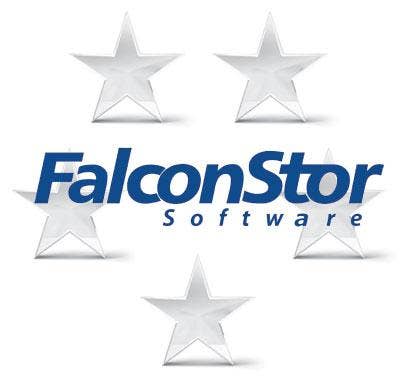
FalconStor Software, of Melville, N.Y., unveiled the FalconStor Network Storage Server (NSS) Virtual Appliance for VMware ESX Server and ESXi Server at VMworld. The new appliance helps customers transform existing direct-attached storage into an iSCSI virtual SAN appliance for VMware environments.
FalconStor NSS is an enterprise-class software storage solution that offers storage virtualization, provisioning, management and data protection. By turning it into a virtual appliance, it allows SMB customers and remote office customers to create iSCSI SANs based on their servers' internal storage to handle such tasks as application-aware snapshots and replication without the need to bring in another hardware appliance, the company said.
The FalconStor NSS Virtual Appliance provides storage services that are application-aware for such applications as Microsoft SQL Server, Exchange Server and SharePoint Server; Oracle Database; Lotus Notes; Sybase Database Management; and IBM DB2.
Trial versions of the virtual appliance, as well as a free version with limited capabilities, are available for download from FalconStor.
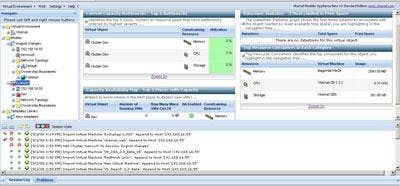
VKernel, Portsmouth, N.H., used VMworld to introduce VKernel Modeler, a virtual appliance which provides IT administrators information on the performance impact of changes and additions to a VMware ESX infrastructure.
Because of the ease with which virtual servers and appliances can be created, customers can use VKernel Modeler to quickly model "what if" scenarios related to new virtual machines to immediately see whether resource constraints will be exceeded and if performance issues will occur, company officials said.
Those "what if" scenarios include suspending a host for maintenance, powering down a virtual machine, adding or removing a host server or virtual machine, or changing the resources available to hosts, clusters, or resource pools.
The beta version of VKernel Modeler is expected to be released in late September, with a full version expected about 30 days later with pricing starting at $199 per CPU socket.
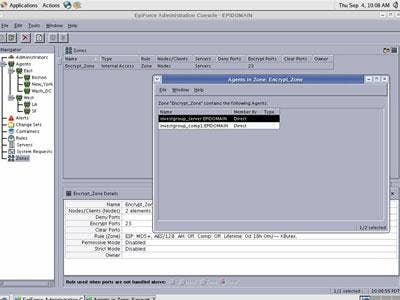
Apani, of Brea, Calif., used VMworld to introduce its EpiForce VM, a single-platform virtual appliance for securing corporate networks that include both physical and virtual servers.
EpiForce VM virtual appliance is available as a free trial which can be downloaded from either the Apani or the VMware Website. It is a fully-functioning version of the company's security appliance, and it is installed and run as a VMware VI3 virtual appliance. The trial version includes two virtual machines with license keys for up to 10 agents that can be installed on any physical or virtual server running under Windows or Red Hat Linux, the company said.
Apani EpiForce VM is a software-based security appliance that enables a single platform to isolate and secure both virtual and physics servers, endpoints, and business-critical data into logical security zones while controlling communications between the zones according to corporate policies.
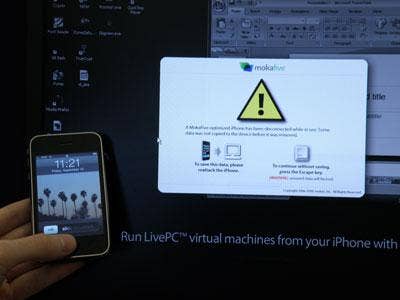
MokaFive, Redwood City, Calif., showed a prototype iPhone application at VMworld which lets the device be used as a removable storage device.
MokaFive specializes in technology to virtualize a desktop PC and access it via an iPod or USB disk. Those mobile virtual desktops, known as LivePCs, have the ability to self-heal on every reboot and to self-destruct with unauthorized use, the company said.
The new iPhone Sentinel allows a portion of an iPhone's flash storage to function as a removable drive for Windows and Mac OS users. The company has plans to introduce additional smartphone prototypes in the future.
The iPhone Sentinel lets part of an Apple iPhone's flash storage to be dedicated as removable storage for other computers. It uses smart caching and write-buffering to improve storage performance, and lets the iPhone to be unplugged without causing application failures, the company said.
The iPhone Sentinel is currently available for free downloading, and is scheduled to be productized next year. Similar functionality for other smart phones is being planned.
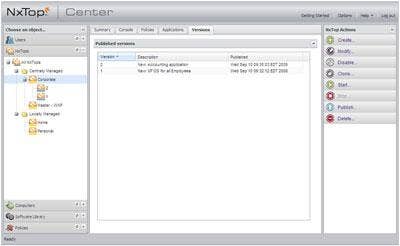
Virtual Computer, a Westford, Mass.-based startup, used VMworld to demonstrate NxTop, a technology designed to manage thousands of virtual PC and lower the cost of PC deployment and maintenance while improving PC reliability and security.
NxTop centrally manages both existing Virtual Desktop Infrastructure (VDI) for stationary virtual PC environments as well as virtual desktops built for mobile and remote workforces. It includes the NxTop Engine, a bare-metal PC virtualization platform, and NxTop Center, a management console to centrally management NxTop-enabled PCs. With NxTop Center, administrators can create a single master virtual desktop PC image and publish it to any of their users. The master image is maintained through a Web console which IT administrators can use to install additional applications, patches, or policy updates, and then publish just the changes to their users.
NxTop is expected to be available for beta testing in November, with production and pricing planned for the first quarter of next year. Pricing is expected to be based on a per-user model with both subscription and perpetual licensing options.
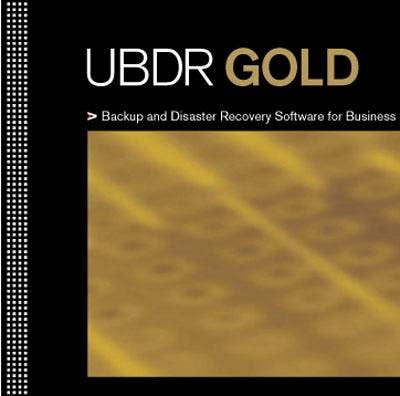
UltraBac Software, Bellevue, Wash., introduced a new option to create a VMware Virtual Machine Disk (VMDK) file while capturing a live system snapshot backup as part of its UltraBac Disaster Recovery (UBDR) Gold application.
That new option simplifies disaster recovery by eliminating the need to for a separate step to convert data to a VMDK conversion when doing a physical-to-virtual data migration.
When data is backed up and converted to a VMDK, it is available to administrators for fast recovery in case of a disaster in one of two ways: either to recover to a physical server using UBDR Gold's image-based disaster recovery capability, or recover to a stand-by virtual server.
UBDR Gold v4.0, with support for VMware, is currently shipping. The new direct write to VMDK feature is expected by be available by year-end.